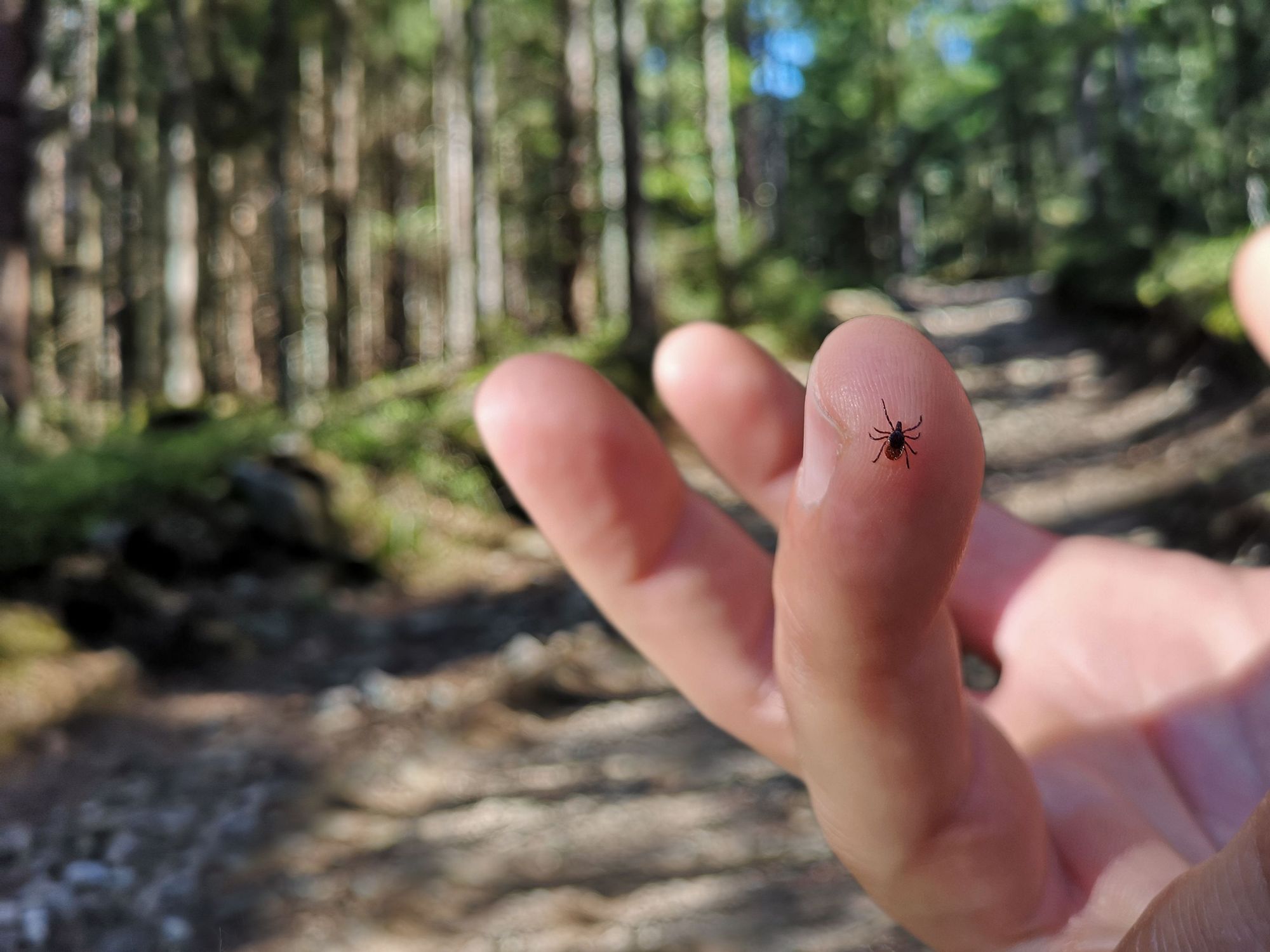Ticks are a tiny invertebrate species, which, unfortunately for hikers, tend to live in beautiful outdoor areas - most commonly, in woodland, moorlands and grasslands. They’re particularly common in wetter environments. If you have a tick bite, you need to remove it properly.
If you’re not familiar with the species (lucky you) a tick looks quite similar to a tiny spider. Ticks feed on a variety of hosts - most commonly, birds, sheep and other mammals, but they’ll also attach themselves onto humans too if they get the chance. Ticks sit on foliage, and attach onto whatever passes by. Tick season is typically from March to October, but you can get ticks all year round.
No matter how many precautions you have taken, it is important to always check yourself for ticks at the end of the day...
Ticks can be no bigger than a little dot - and so, tough to spot. As they become engorged on blood, they become bigger and easier to see, before dropping off.
The reason this matters is that ticks can - though not all do - carry a variety of diseases, notably Lyme disease. So, as NHS Inform write, "if you've been bitten by a tick, you should try to remove it as soon as possible to reduce the risk of getting a tick-borne infection." So, it’s important to know how to remove a tick properly.
We spoke to the people at Lifesystems about how to do exactly that - plus, we’ve also got some tips on how to avoid getting tick bites in the first place.
4 Tips for Avoiding Ticks while Hiking

It is possible to avoid ticks while you’re out hiking. Below, we’ve listed a few bits of best practice if you’re really hoping to keep them away - but ultimately, there’s an element of luck involved too. A stray tick could get more or less anywhere in the outdoors, meaning that you could do all of the below and still get a bite. Still, here are a few ways to lower your chances of getting a tick bite while out hiking:
1. Cover Up - and Wear Gaiters, or Tuck Trousers into Socks
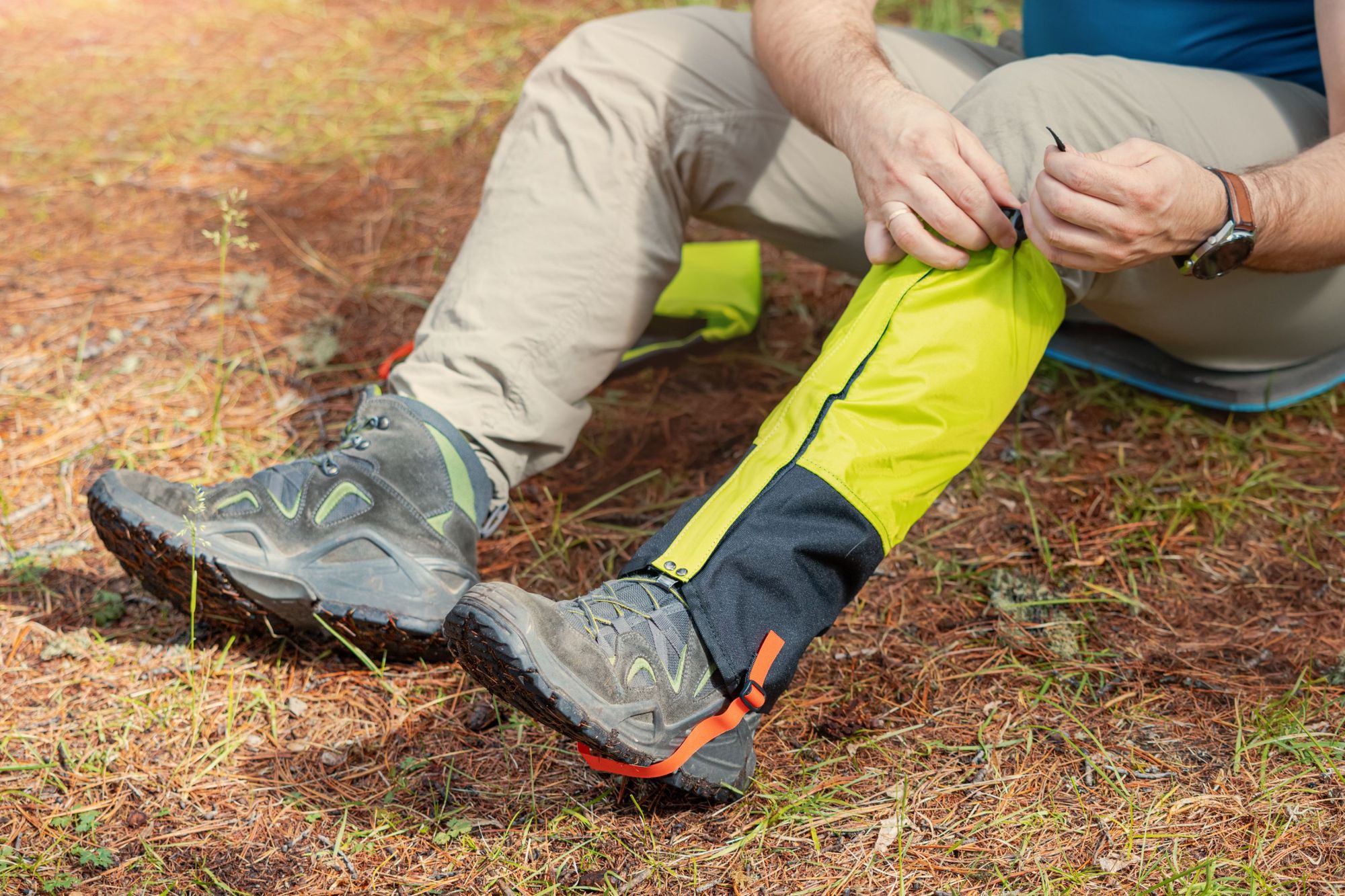
We’re sure we don’t have to explain why wearing shorts rather than trousers means you’re more likely to pick up ticks. The more skin you have on show, the easier it is for ticks to latch onto you and bite in. If you wear a long-sleeved t-shirt and trousers, the chances become slimmer.
"Wearing trousers reduces the amount of skin available to a tick," says Emily Richardson, from Lifesystems. "While they can still attach themselves to your clothing, it adds a barrier between you and the tick."
You might spot a tick or two crawling on your clothes, in which case you can usually wipe them off before they bite. One way that ticks often get access is through the top or bottom of your trousers. For this reason, wearing gaiters, tucking your trousers into your socks, and tucking your t-shirt in your trousers will also reduce your chances of getting bitten by a tick.
2. Stay on the Trail (and So, Out of Long Grass)

Ticks tend to be particularly prominent in areas of dense and thick foliage, so if you stray into the lush greenery, know that you’re more likely to get a tick. Of course, sometimes that might be unavoidable. That’s fine, but long grass is tick territory, so check for ticks thoroughly afterwards.
"Ticks are usually found in long grass so by sticking to the path, you have the best chance of avoiding them," says Richardson. "Ticks do not jump; they will wait for a host to be nearby and then latch onto you as you brush past. By avoiding tall grass, bushy or heavily wooded areas, you reduce the risk of a tick being close enough to latch onto you."
3. Wear Light Clothing

The logic of this is that it is simply a lot easier to spot a tick on light clothing than dark clothing, and if you can see the tick when it’s on you - but before it’s bitten - you can usually just wipe it off and avoid the removal process altogether.
4. Use Insect Repellent
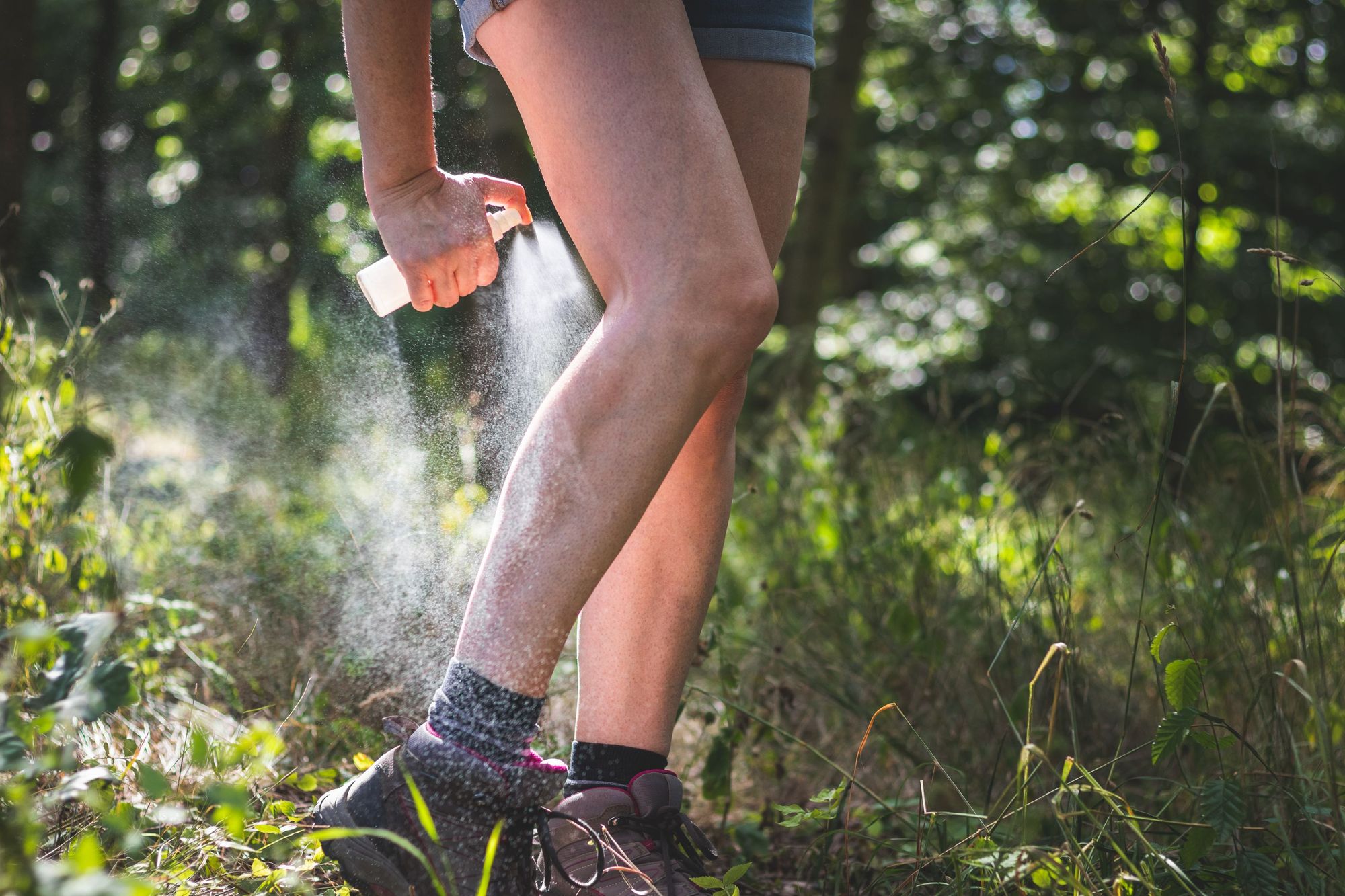
Any standard insect repellent will also repel ticks. You can get standard stuff, from the likes of Lifesystems, Smidge or Jungle Formula, and spray it not only on your skin but also your clothing to repel ticks. Lifesystems offer spray specifically for clothing, footwear and outdoor gear. "A repellent containing DEET, such as our Expedition MAX, will be effective in keeping the ticks off of you," says Richardson. "Spraying our EX4+ on your clothes will also add another layer of protection."
Get yourself sprayed and, with a bit of luck, the ticks will let you pass.
How to Spot a Tick: Doing a Tick Check
The general consensus is that if you’re out hiking in an area where there may be ticks, it’s worth doing a tick check at the end of the day (and the morning after). We don’t mean anything technical by this - just to give your body a good scan.
"No matter how many precautions you have taken, it is important to always check yourself for ticks at the end of the day," says Richardson. "The hotspots on your body include warm areas such as under the arms, between the legs and the back of your knees. Despite these being the most common areas, ticks can still be found all over your body, so it is important you check thoroughly."
A tick bite is painless, so don’t expect to feel the bite when it happens.
Ticks can be tiny, and so very difficult to spot. You’re looking for a little speck of dirt - or they may be bigger and more obvious. Ticks get bigger as they feed, so the longer the tick is on you, the easier it will be to spot. Give yourself a scan when you can. If you’ve got a tick checking partner to help check the spots you can’t see, all the better. All things considered, you should be able to spot them without too much difficulty. Then it’s just about removing the little guys safely.
How to Remove a Tick Properly
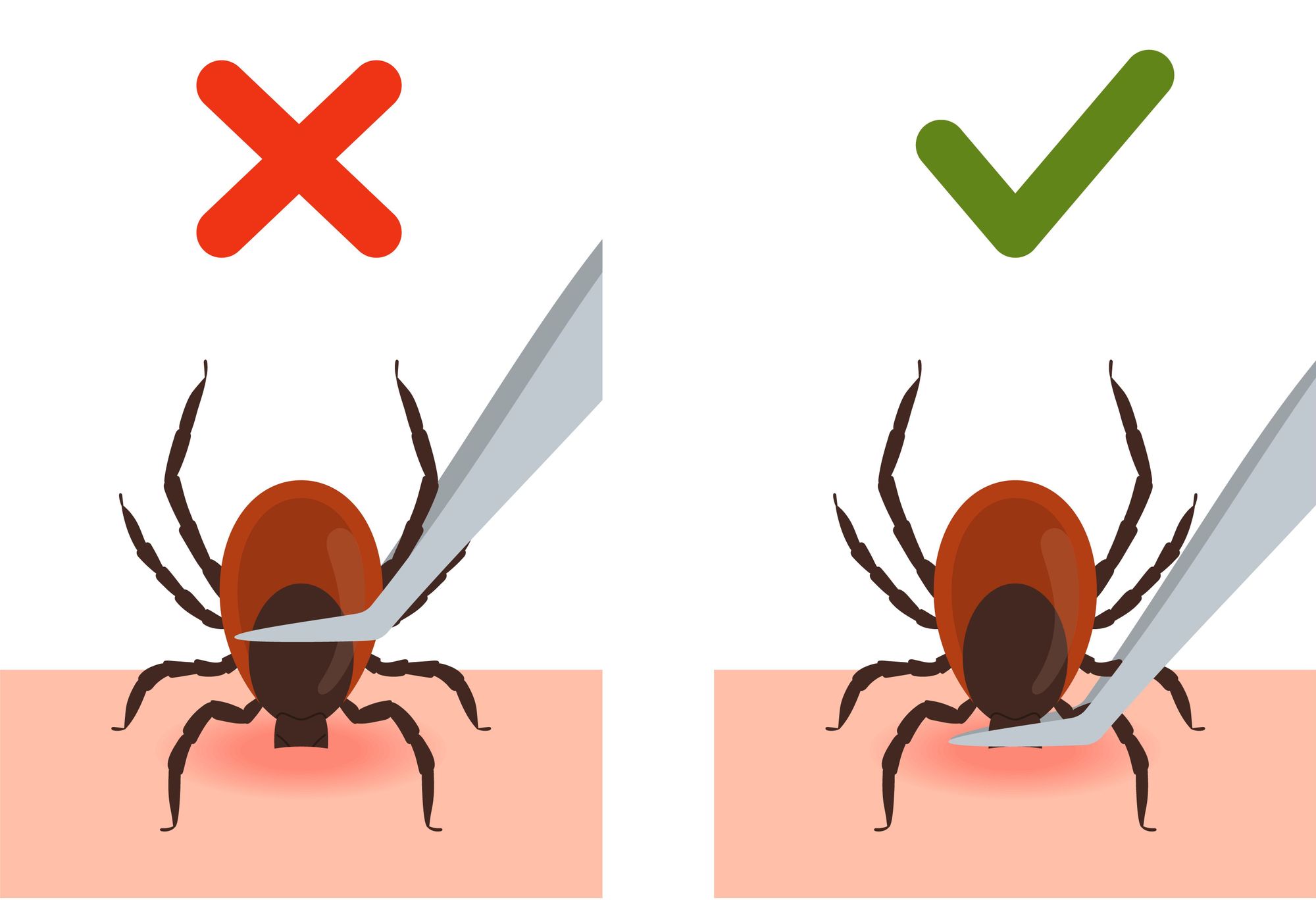
Don’t panic if you find a tick. The chances that it is infected are low, and they are easy to remove, but it's important that you do so properly. There are several ways to remove a tick safely, each requiring a particular tool. One of the most important things is that it is crucial that you do not squeeze a tick when it is on you, as this will send the fluid from the tick back into your body, and so could lead to infection. Here’s how to remove a tick properly:
1. Using a Tick Removal Tool
Available in all outdoors shops, a tick removal hook looks a lot like a pair of tweezers, but with little hooks at the end. Here's Emily Richardson of Lifesystems describing how to use them properly:
"Grasp the tick firmly with the tweezers where the tick’s mouth meets the skin. Slowly and steadily pull the tick upwards and with gentle and even pressure, making sure you have the whole tick and are not leaving the head buried under the skin. Allow the tick to let go and carefully lift it away from the skin. We recommend disinfecting the bite area and the tweezers after removal."
Richardson continues: "Whether you’re using our Tick Removal Card or our Tick Tweezers, ticks should be removed as soon as possible - however, it is important not to squeeze, twist or burn a tick. We also do not recommend using petroleum jelly, oil or any other chemical products to remove ticks. Simply use one of our tools and follow the instructions for easy and safe removal."
2. Using a Tick Safe Card
Tick safe cards are becoming more common. They’re about the size of a credit card, meaning they fit neatly into a wallet. In the corners of these cards, you’ll find designs to remove a large tick and a small tick, and a magnifying glass.
"Using our Tick Remover Card is a simple yet effective way of removing a tick," says Richardson. "Simply slide the notch of the card under the tick, slowly push the card forwards and upwards with gentle and even pressure and allow the tick to let go and lift away from the skin with ease. The Tick Remover Card comes with two-sized notches. For smaller ticks, or ticks that are not yet fully engorged, use the smaller notch. We always recommend disinfecting the bite area and the Tick Remover Card after you’ve removed the tick."
3. Using a Pair of Tweezers - Without Squeezing the Tick
This method is not as safe or reliable as using a tick card or tick removal tool, and we would strongly recommend using a purpose-built tick removal device,
If you’re using a pair of tweezers to remove a tick, you need to be very careful. NHS Inform writes that you must “gently grip the tick as close to the skin as possible”. What you’re trying to avoid is squeezing the fluid of the tick back into your body. Next, NHS Inform write “pull steadily away from the skin without twisting or crushing the tick”. They then recommend washing your skin with water and soap afterwards, and applying an antiseptic cream around the bite.
Wondering what the difference is between tick removal tweezers and a pair of tweezers? We asked Emily. "While our Tick Removal Tweezers and a normal pair of tweezers may look very similar, there is a key reason why a tick remover is better," she says. "Our tweezers have an ergonomically shaped tip which allows you to slide them under the tick and lift the tick up from underneath.
"As a normal pair of tweezers does not have the same design, it doesn’t allow you to get under the tick. Instead, if you were to use a normal pair of tweezers, you would have to squeeze the tick from the side and pull which will most likely cause the tick to break and not come out in one clean pull."
Should I be Worried About a Tick Bite? When Should I Go to the Doctor?
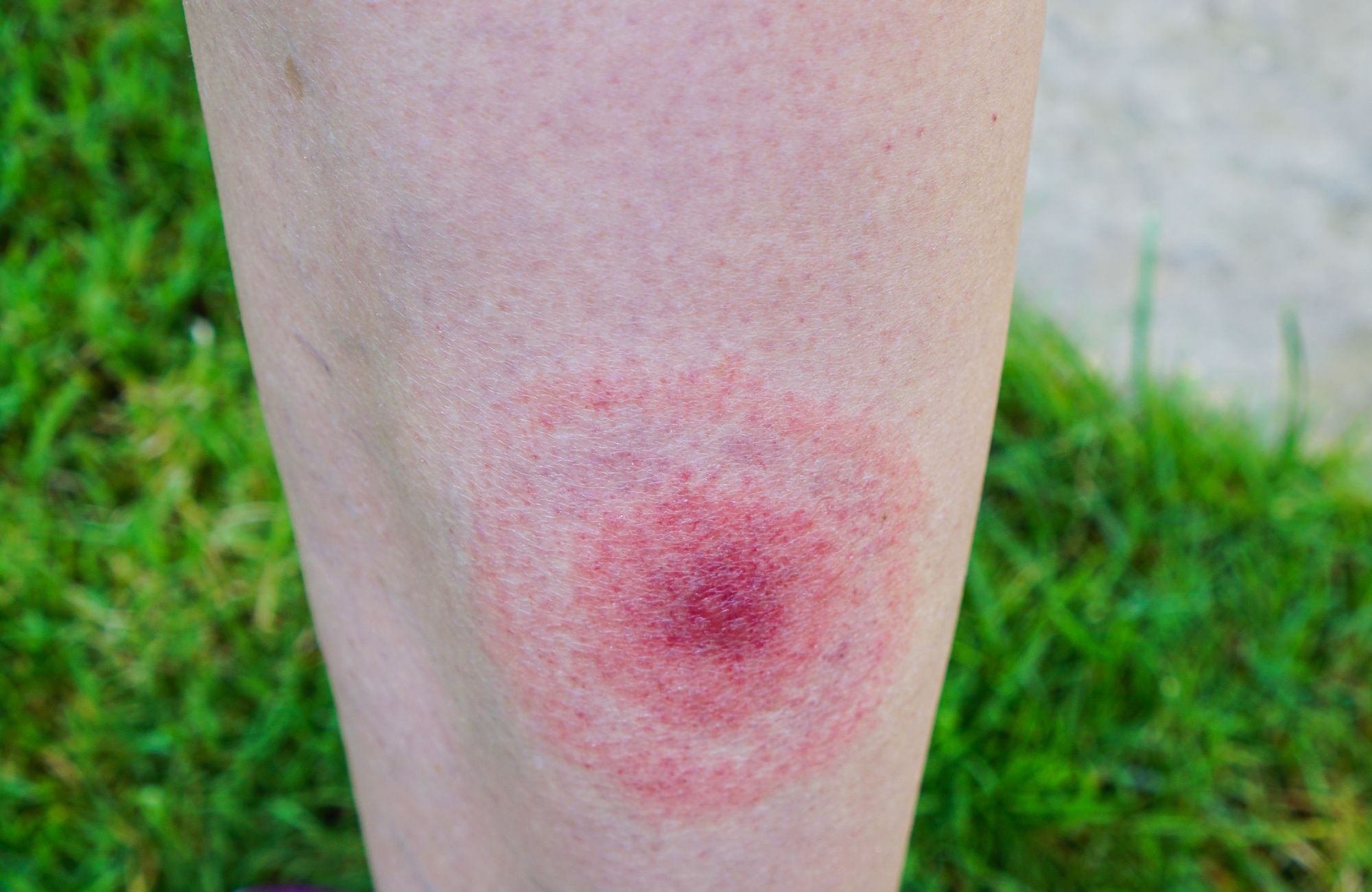
What you particularly need to look out for after a tick bite is a ‘bullseye’ rash, with a full, red circle at the centre, and a larger red ring circling it. This can appear any time within two weeks after a tick bite and it is a signifier of Lyme disease. As the infection spreads, you can see this rash in more than one place around the body. If this rash appears, see a GP immediately. If you do not see the bullseye rash, but do experience flu-like symptoms after being bitten (fatigue, fever, headaches, stiff neck and body aches), you should also see a GP.
NHS Inform lists that you should speak to your doctor after a tick bite if you have:
- a pink or red rash
- a temperature of 38°C (100.4°F) or above
- other flu-like symptoms, like a headache or joint pain
- swollen lymph nodes
Read more about ticks and safety on NHS Inform, or if you're ready to get out there, check out our full range of adventure holidays now!

